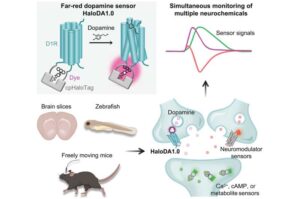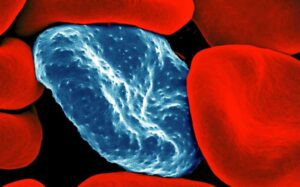
OSSIO Unveils Small OSSIOfiber® Suture Anchors to Enhance Soft Tissue Fixation
Expanded bio-integrative, metal-free implant line aims to improve outcomes in orthopedic and sports medicine procedures

Expanded bio-integrative, metal-free implant line aims to improve outcomes in orthopedic and sports medicine procedures

The launch of Ruby® XL represents a breakthrough in vascular embolization, offering physicians unprecedented flexibility and efficiency for complex case management.

Corvia Medical announced today that it closed a $55 million funding round to support the advancement of its Corvia atrial shunt.

GE HealthCare (Nasdaq: GEHC)+
announced that it launched its bkActiv S series, which it labeled as the next generation of intraoperative ultrasound.

Brain Navi Biotechnology announced today that it received FDA 510(k) clearance for its NaoTrac stereotaxic guiding surgical robotic device.

COPENHAGEN, Denmark, June 16, 2025 /PRNewswire/ — CathVision, a leader in advanced cardiac electrophysiology (EP) technology, has developed a new algorithmic tool (PFAnalyzer) to help physicians assess durable lesion during Pulsed Field Ablation (PFA).

Inquis Medical announced today that the FDA granted expanded 510(k) clearance for its Aventus thrombectomy system.

A multidisciplinary team led by Professor Li Yulong from the School of Life Sciences at Peking University has developed a far-red fluorescent dopamine (DA) probe that enables real-time, multiplex imaging of neurotransmitters in the living brain.

Devices made with cheap strips of paper have outperformed two other testing methods in detecting malaria infection in asymptomatic people in Ghana—a diagnostic advance that could accelerate efforts to eliminate the disease, researchers say.

Groundbreaking innovation redefines hearing care with intelligent, connected implant technology